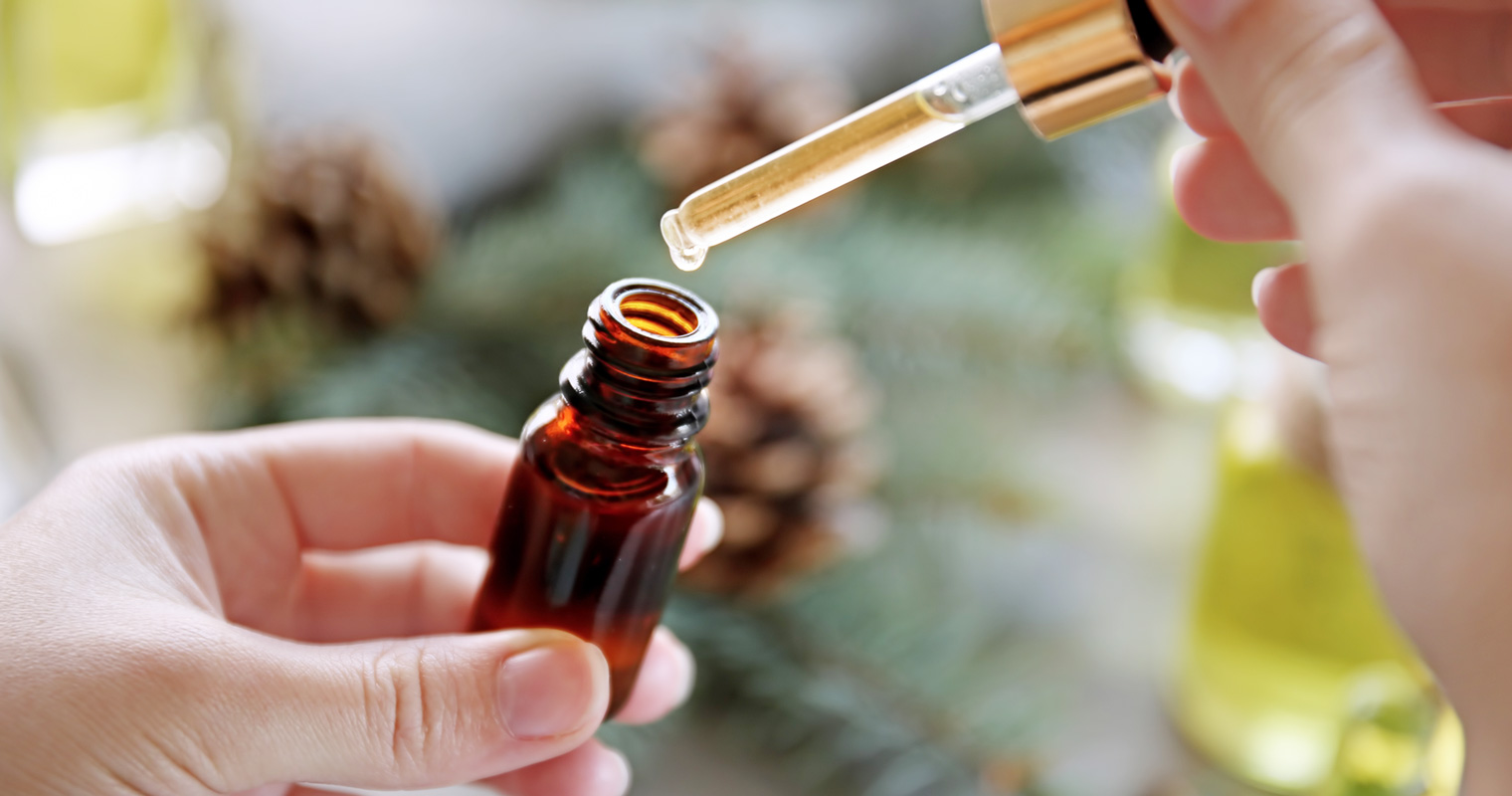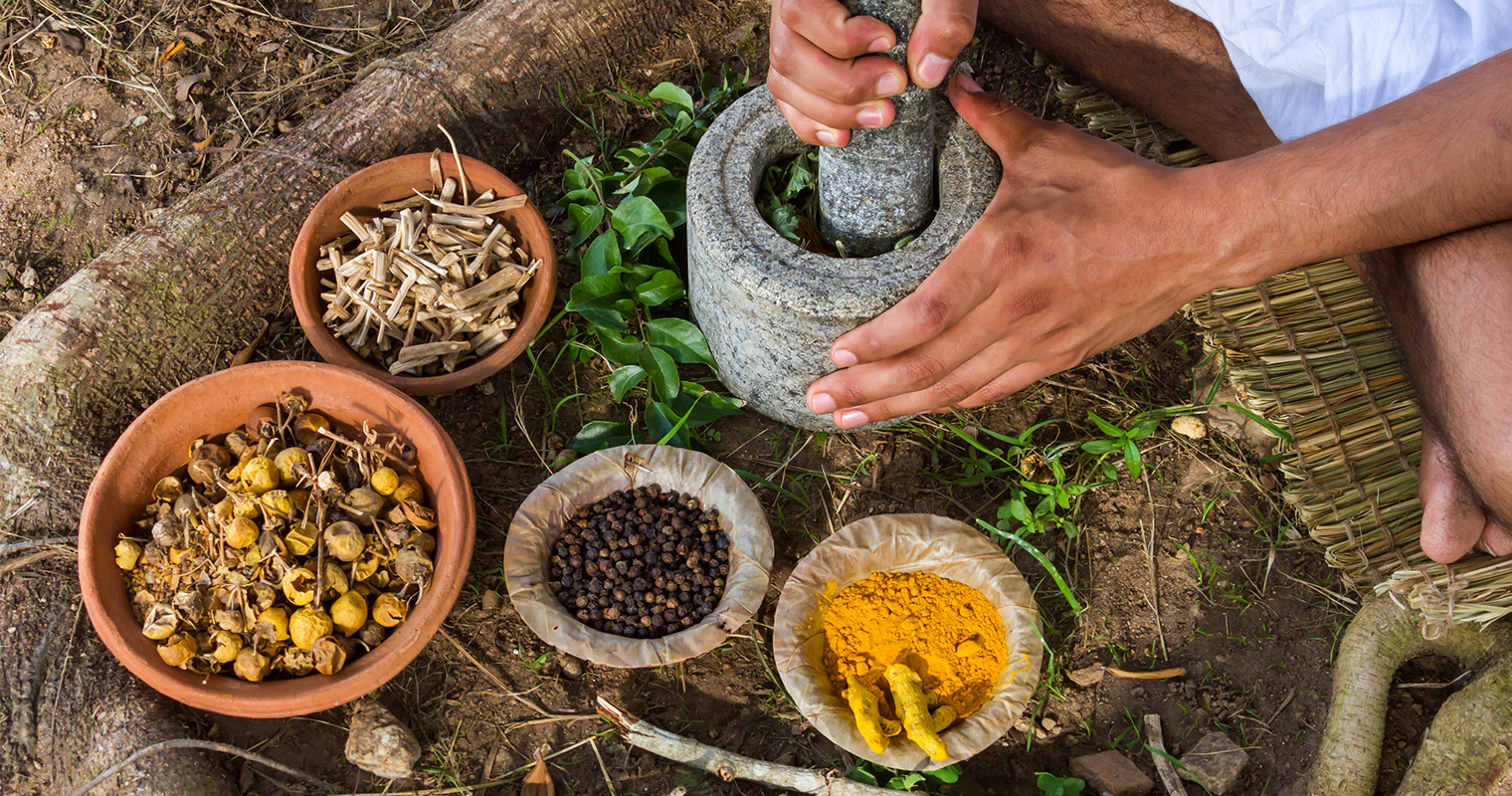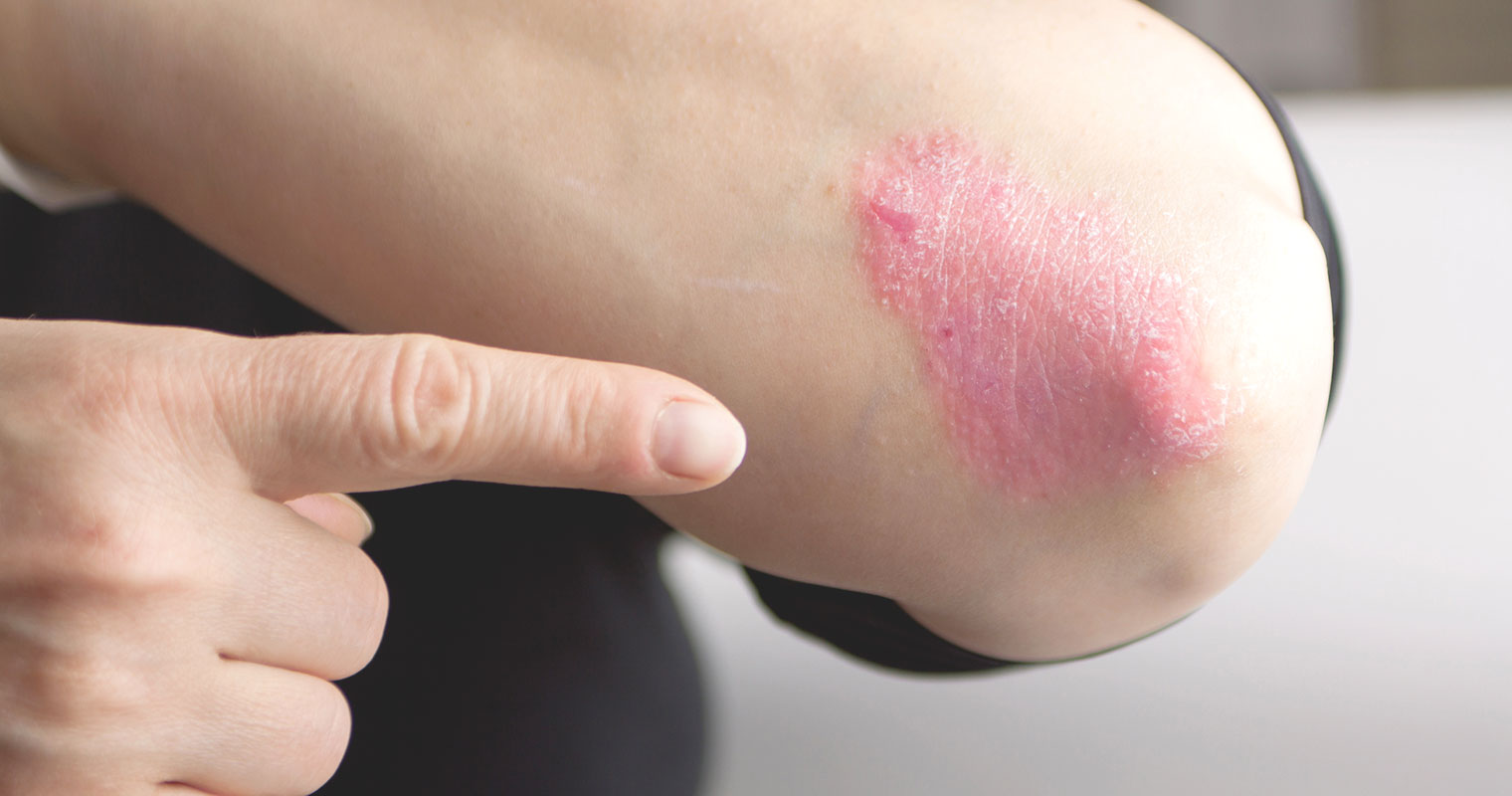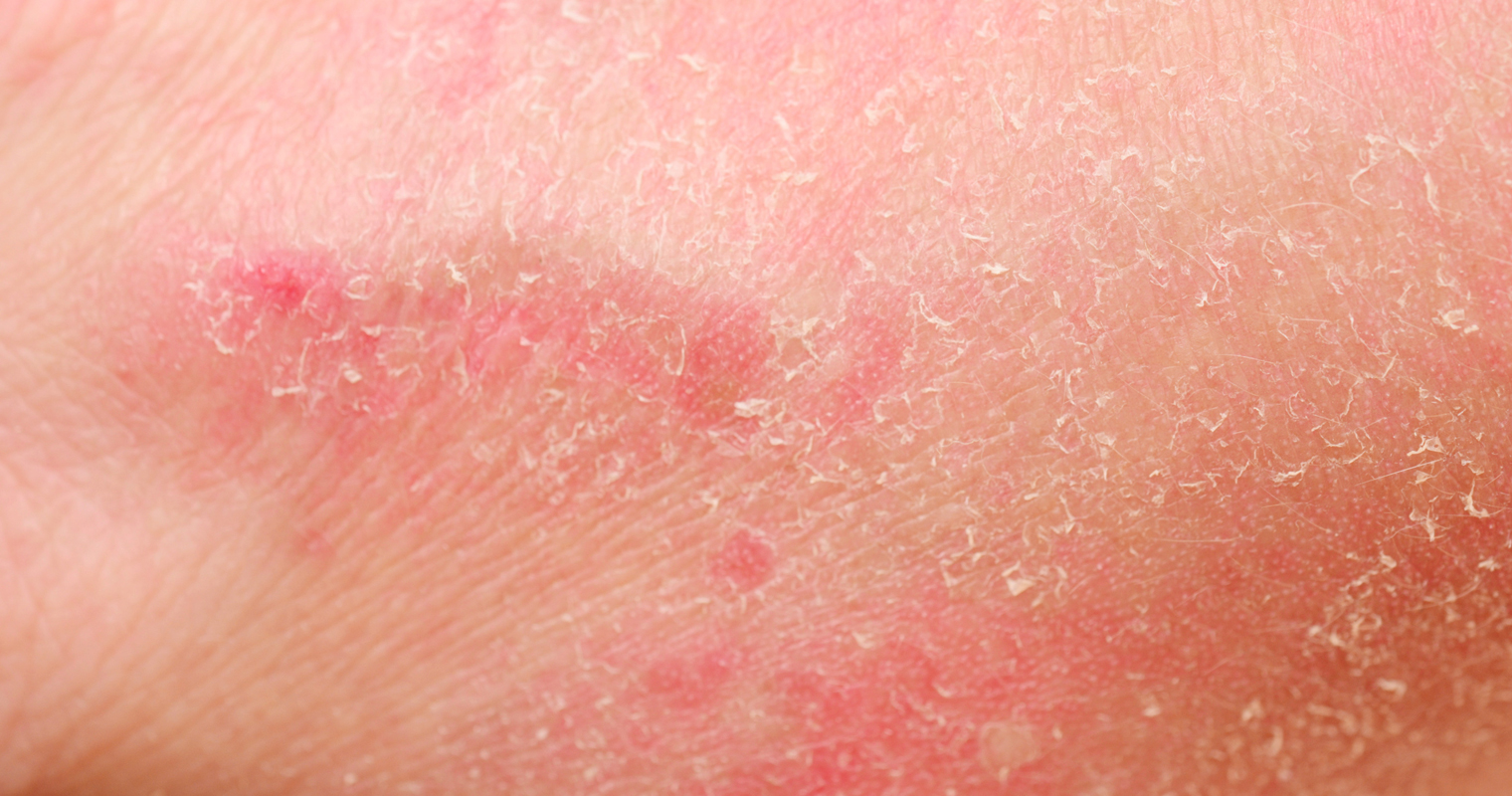Sandalwood Oil : A Prized Skincare Ingredient’s Exploitation & Sustainability
Renowned worldwide for its unique woody and earthy aroma, sandalwood oil is the oil produced from Santalum or sandal trees that are native to south-east Asia and Australia. The hefty, yellow, fine-grained wood is responsible for the fragrance that is now an integral element of the perfume industry. For its many active properties, sandalwood oil is also flourishing in the health and beauty industry. Today, sandalwood is second only to the African Blackwood in its price and has been considered a prized possession for its several medicinal and therapeutic uses since times immemorial.
While exploring its therapeutic properties and massive benefits, especially in skincare, it is also crucial to understand the price we pay for sandalwood oil – not just in terms of money but also the several issues of sustainability in its production, as a part of environmental, ecological and social responsibility.
Chemical composition and production of sandalwood oil
About 90% of sandalwood oil is made of sesquiterpene alcohols which are the prized chemicals that give sandalwood oil its fragrance and therapeutic properties. Of these, about 70% is alpha-santalol, which is mostly responsible for sandalwood oil’s medicinal properties while 30% is beta-santalol which imparts its aromatic properties.

The East Indian sandalwood variety – Santalum album is the most commercially superior variety as its wood contains 6-10% of sandalwood oil by dry weight. The Australian variety – Santalum spicatum, which is now gaining popularity contains only 2-3% oil. There are also some other species of Santalum like the Fiji, Hawaiian and Indonesian sandalwood which are used commercially to produce oil in relatively smaller quantities.
Apart from the species, oil content also depends on the age of the tree, the region it is grown in, soil conditions and the season of harvest. Oil is extracted from the heartwood and roots of the sandal trees which take a minimum of 25 years to mature for harvest. The wood is chipped and crushed and the oil is extracted by hydro-distillation for about 48-72 hours beyond which solvent extraction removes all the oil content.
Traditional uses of sandalwood oil
Medicinal uses
Sandalwood oil has been an integral part of Ayurveda and Chinese medicine for centuries to treat common ailments like

- skin inflammation, dryness and acne breakouts
- liver problems
- gastrointestinal problems
- hemorrhoids
- muscle spasms
- urinary tract infections
- common cold
Religious significance
Also known as Chandana, sandalwood and its oil are considered very sacred in the Hindu religion, especially in the worship of the god Shiva. The paste made from the wood is applied to the forehead and neck to balance out the chakras and the fragrance of the oil is used to create a sacred air in temples. Sandalwood and its oil also have religious significance with Jainism, Buddhism, Sufism, Zoroastrianism and other East Asian religions.
Aromatherapy
The use of sandalwood oil for the calming, soothing effects of aromatherapy is not a new concept. It has been used traditionally as a natural healer for those suffering from anxiety and depression. While increasing mental clarity and alertness, sandalwood oil aromatherapy also has a sedative effect to calm migraines and headaches. It is also commonly used in blends to treat skin conditions like eczema and psoriasis and several beauty treatments.

Skincare
The use of sandalwood oil in skincare today is only but a continuation of age old traditions. It has enjoyed, for generations, a unique position in skincare and has been one of the most integral ingredients in face masks, soaps and creams to treat skin conditions like breakouts, dryness, pigmentation and aging.
Perfumery
In India, sandalwood oil is used traditionally as ‘attar’ which is the oil in its concentrated form. Attar has been used for centuries as a kerchief perfume, much before modern perfumes came to being. It is applied to the wrist and other pulse points for its sweet, woody fragrance.
Skincare properties of sandalwood oil
A large number of skin conditions and diseases have symptoms such as infection, hyperplasia and inflammation and they cannot be treated with short-term pharmaceutical products alone. As a result, skincare treatment is increasingly focusing on exploring the potential of traditional botanical medicines- often mixtures of various active ingredients that produce biological activities with beneficial results.

Sandalwood oil is one such natural ingredient that has shown promising results in the treatment of eczema, psoriasis, dermatitis, acne and common warts. This potential is a resultant of the following properties:
Anti-oxidant property
Lab studies have shown alpha-santalol, the main ingredient of sandalwood oil, to inhibit the enzymes tyrosinase and cholinesterase which stimulate and catalyze the production of the skin pigment melanin. Sandalwood oil therefore prevents hyperpigmentation – a skin condition with abnormal pigmentation common with aging and skin damaged from UV-light exposure.
Sandalwood oil also inhibits oxidation that releases free radicals that cause skin cell damage leading to aging.
Anti-inflammatory property
Sandalwood oil calms inflamed and irritated skin. Lab culture studies have shown that it suppresses enzymes like cytokines and chemokines which cause inflammation. It is therefore used in the effective and long-term treatment of psoriasis and atopic dermatitis.

Anti-microbial / antiseptic property
Sandalwood oil has shown chemical activities against fungal dermatophytes, bacteria, viruses and yeasts as beta-santalol, one of its key ingredients, prevents microbial replication. It is effective in preventing and treating acne, blackheads and skin infections while also healing damaged skin and blemishes, resulting in radiant and glowing skin.
Anti-cancer / anti-proliferative property
Studies have also shown the potential of alpha-santalol in inhibiting the proliferation of skin tumors that occur from exposure to UV-radiation and chemical carcinogens by inducing autophagy or cell death of rapidly growing cancer cells.
Moisturizing property
Sandalwood oil moisturizes the skin by hydrating it (as an occlusive) and increasing its ability to retain moisture. It also works as an emollient to smoothen the skin by filling in the cracks in the epidermis. Sandalwood oil helps in getting rid of dry patches and maintaining skin health by deeply nourishing the skin.

Regular usage of sandalwood oil helps treat dry skin conditions like eczema, psoriasis and dermatitis. In fact, alpha-santalol is now being used on a large-scale in pharmaceutical ointments and other topical treatments for these conditions.
Astringent property
Sandalwood oil causes contraction of skin cells and other body tissues thereby fighting wrinkles and loose skin, adding firmness and suppleness. Alpha-santalol also encourages the healing of damaged cells.
More beneficial properties to be revealed in research
Despite the many beneficial properties of sandalwood oil, as with other botanical therapeutics, there is still a ton of research on-going to further understand its active ingredients and their biologically and chemically reactive nature to fully realize its potential. But the cost and difficult sourcing of sandalwood oil poses obstacles.
Uses of sandalwood oil in skincare products
The properties listed above make sandalwood oil a reliable component in skincare products like soaps, face masks, creams targeting specific functions.

Fights and reverses the signs of aging
The oxidative and astringent properties of sandalwood oil make it an excellent addition to facial products for the prevention of hyperpigmentation, dark circles and wrinkles, thereby fighting the signs of aging.
Because it controls melanin production, sandalwood oil in skincare products helps in covering up age spots and sun spots which are discolored spots on the skin, especially on the face and arms. Sandalwood oil is especially beneficial for the middle-aged when these hyperpigmentation spots start to appear as a result of aging.

Not just fighting the signs of aging, with its moisturizing and astringent properties, sandalwood oil also stimulates new tissue generation to reverse the signs of aging and resulting in younger, tighter and healthier skin.
BLACK PAINT’s Koicha Tea Soap contains sandalwood oil from the superior Santalum album, along with other botanical oils, making it effective in fighting and reversing aging. With the antioxidant and hydrating benefits of its ingredients, this soap is an excellent solution for wrinkles, pigmentation and dryness. Use this soap regularly to make your skin young and radiant.
Cures acne and evens out skin tone
Sandalwood oil is a key ingredient in acne products because of its anti-microbial and antiseptic properties. It cleans out the pores in the skin to prevent breakouts and closes them to result in even toning of the skin.
Sandalwood oil’s astringent and oxidative properties help in healing blemishes and wounds caused by acne. Regular usage also helps fade out any noticeable scars over time.

Cools and calms the skin from sun exposure
Its moisturizing and anti-inflammatory properties make sandalwood oil effective in skincare products to treat skin that has been damaged from exposure to radiation and pollution. It helps fight rashes, dry skin, sun-tan, facial swelling and other skin woes. Sandalwood oil has a cooling effect on the skin making it a perfect ingredient for summer skin care.
Whitens skin
Sandalwood oil’s hydrating and anti-oxidant properties not only remove abnormal pigmentation but also help whiten the skin by reducing general melanin production. It also helps get rid of unwanted skin tans resulting in glowing, radiant skin.
Promotes hair growth
Sandalwood oil is believed to stimulate hair growth and is mixed with carrier oils for direct use on the scalp. It is also used in some hair products to prevent hair damage and promote healthy hair growth.

Used in aromatherapy
It’s not surprising that the fragrance of sandalwood oil is used in aromatherapy to stimulate smell receptors to not only calm the mind and treat anxiety, but also to treat several skin conditions and promote skin healing.
Precautionary use of sandalwood oil
Extensive patch testing has shown sandalwood oil to be safe for topical use when applied neat and in a 10% ointment, except for a very small percentage of the population who have shown mild allergic reactions. While sandalwood oil from the Indian variety contains no traces of elements that cause skin irritation, oil from the Australian and Hawaiian variety contain farnesol, a compound that causes skin irritability in a small set of people.
As with all essential oils and products containing them, it is advisable to do a patch test to check skin sensitivity to sandalwood oil, especially if there is vulnerability to allergic reactions and sensitivity to other oils. Also, sandalwood oil containing products mostly contain a mix of other essential oils and ingredients that could trigger allergic reactions so a patch test is a safe way to experiment with any new product.
It should also be noted that sandalwood oil does not contain any known carcinogens or toxins.

The lucrative sandalwood oil industry and its sustainability
Given the many potential benefits of the sandalwood oil and most importantly, its unique fragrance, sandalwood oil has been a prized possession for generations. However, its production has several limitations and side-effects and it is important to understand them as a responsible consumer.
Rising prices with rising demands but limited supply
Today, the market price of sandalwood oil is about Rs.185000/liter or $2500/liter. This is because the natural reserves of sandalwood trees are limited and they are dwindling over the past few decades. Currently, India and Australia have the biggest shares of the export market. We will discuss the social, economical and environmental impact of sandalwood oil trade and the sustainability in these 2 countries.
India
Exploitation for trade benefits
India was the main global supplier of sandalwood oil while Indonesia was the largest supplier of raw sandalwood until 1970 when the Indonesian government banned its sandalwood export. This caused a spike in the cost of raw sandalwood in the global market. Being more lucrative, India exported raw sandalwood instead of its oil to take over the market void. This led to the widespread deforestation and exploitation of sandalwood tree reserves. Because of the lack of environmental laws and efforts at reforestation, the natural reserves suffered heavily and began dwindling rapidly.

Illegal activity
Because it offers massive trading profits, sandalwood is also vulnerable to illegal exploitation. The famous story of the smuggler and poacher Veerappan, notorious for kidnapping, violence and murder – is one among the many examples of how vulnerable the sandalwood oil industry is to theft and plundering.
Incompetent regulations and corruption
To stop illegal activities, the Indian government passed regulations and took ownership of the plantations and regulated its trade. However, corruption of the political parties could not operate of the sandalwood oil industry efficiently. A majority of the family-owned sandalwood oil distilleries in Kannauj, India – the biggest supplier of sandalwood oil in the world, shuttered.
Australia
During the downfall of the Indian sandalwood industry, Australia emerged as the dominant supplier of sandalwood through the export of its native variety. It is grown by starting plantations with the superior Indian species in the north western region. It too had its woes. Mostly owned by massive corporations, sandalwood plantations have taken over more than 10,000 hectares of land posing a threat to resource exploitation and competition for local food crops which the indigenous communities are reliant on.
Sustainability in the sandalwood oil industry
Change in Indian regulations, revival of the sandalwood reserves
Recently, sandalwood trees which were once considered royal property are now people’s property. Pushed by environmentalists, in the last two decades, the Indian government has passed new regulations to spur the revival of the sandalwood oil industry. Farmers now own plantations, backed by the government to promote local communities to gain benefits from the trade. It also monitors the cutting of sandalwood trees, replanting of new trees, oil production and its sale to prevent any illegal activities. While there are many hitches along the way, the sandalwood oil industry in India is headed on a more socially and ecologically responsible path of production.

Sustainable and ethical sources
Despite the grim scene with sandalwood cultivation, there are sources that are ethical and sustainable. Smaller plantations owned by individual or small groups of farmers are less prone to illegal activities, theft and smuggling. Community involvement also ensures that resources are not exploited purely for commercial value.
Synthetics in perfumes to reduce demand load
The perfume industry is the main market for sandalwood oil where it is used as a base note and fixative for several fragrances. R&D efforts are underway to produce sandalwood-like syn-bio derived fragrances which should be able to reduce the load on sandalwood oil and save the trees from exploitation to a significant degree.
What can you do as a consumer to help?
Increase awareness
Illegal activities like theft and smuggling of sandalwood oil are encouraged by the markets which buy their products without much awareness about how they are produced. Not many consumers know of the issues associated with sandalwood oil production. While enjoying its many benefits, be aware of the potential social and ecological impact of using products with sandalwood oil and be cautious of the choice of product and brand.
Trusting brands that have sustainability as their priority
Not all brands have environmental sustainability and social responsibility as their priority. While buying skincare products, especially those that use rare ingredients like sandalwood oil, it is important to choose a brand that values sustainability even above commercial profits. These brands are more likely to source their oil from sources that are sustainably managed not only in terms of ecological impact but also the well-being of local communities.

Paying the right price
Sandalwood oil can be found at prices as low as $500/liter in the black market. There are a number of cheap skincare products in the market that use sandalwood oil but without the right price, there’s a chance that these products use either a lower-grade or an exploited resource of sandalwood oil. It might be worth considering paying a reasonable price for a skincare product for its genuine ingredients that are sourced responsibly.
Every drop of sandalwood oil used in BLACK PAINT’s products is sourced from plantations where trees are sustainably managed. Even if it means paying a higher price, BLACK PAINT ensures that its ingredients and products are made keeping in mind sustainability, not only in terms of cost but also environmental and social responsibility.
References
https://www.netmeds.com/health-library/post/sandalwood-powder-oil-ayurvedic-uses-medicinal-benefits-for-skin-hair-and-health
https://www.ncbi.nlm.nih.gov/pmc/articles/PMC5749697/
https://www.womansworld.com/posts/aging/sandalwood-oil-for-skin-171831
https://www.healthline.com/health/what-is-sandalwood
https://www.decleor.com/en/oil-effects/moisture-lock/sandalwood.html
https://www.doterra.com/US/en/blog/spotlight-sandalwood-oil
https://www.realpurity.com/blog/why-look-for-sandalwood-in-your-skin-care-products/#:~:text=Helps%20Various%20Skin%20Conditions&text=Because%20sandalwood%20is%20anti%2Dinflammatory,your%20skin%20clear%20and%20healthy.
https://www.stylecraze.com/articles/benefits-of-sandalwood-oil-for-skin-hair-and-health/
https://www.vogue.in/content/skin-care-alphabet-sandalwood-benefits-for-face-skin-tan-ayurvedic-skincare-ingredient
https://www.bebeautiful.in/all-things-skin/everyday/why-sandalwood-good-your-skin
https://www.downtoearth.org.in/news/australia-grows-more-sandalwood-than-india-6222
https://www.bloomberg.com/news/features/2017-02-21/australian-sandalwood-plantation-is-about-to-make-its-owners-a-lot-of-money
https://www.wasandalwood.com/faq
https://www.linkedin.com/pulse/sandalwood-missed-opportunity-india-how-hijacked-australia-osk-reddy/
http://www.synbiowatch.org/commodities/sandalwood/



 Koicha Tea Soap
Koicha Tea Soap



